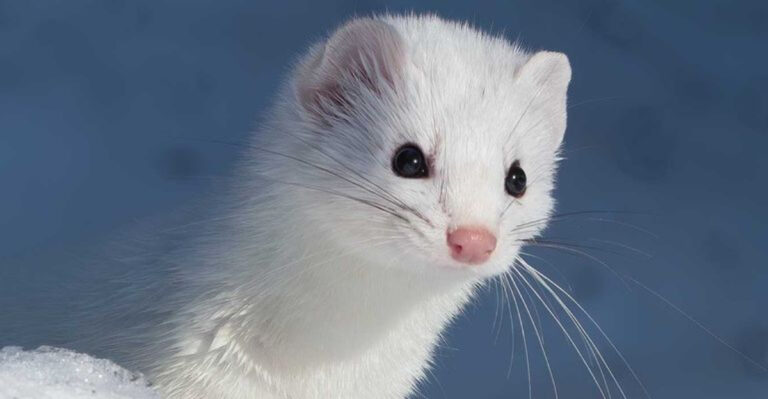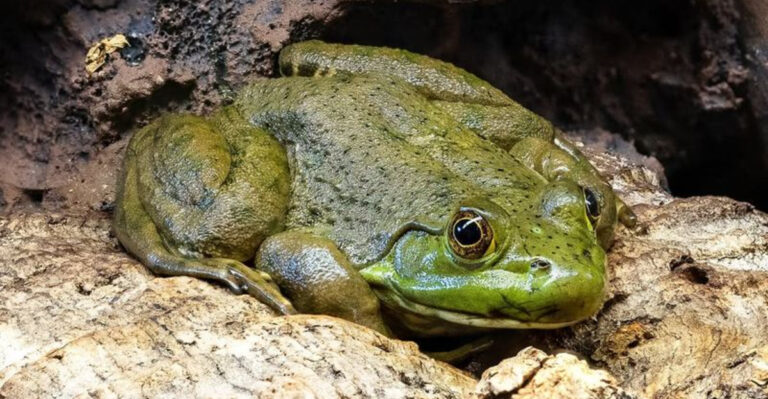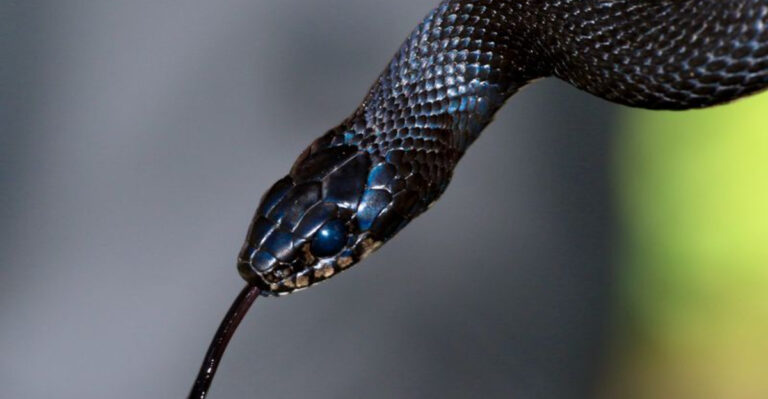11 U.S. States With The Least Number Of Snakes
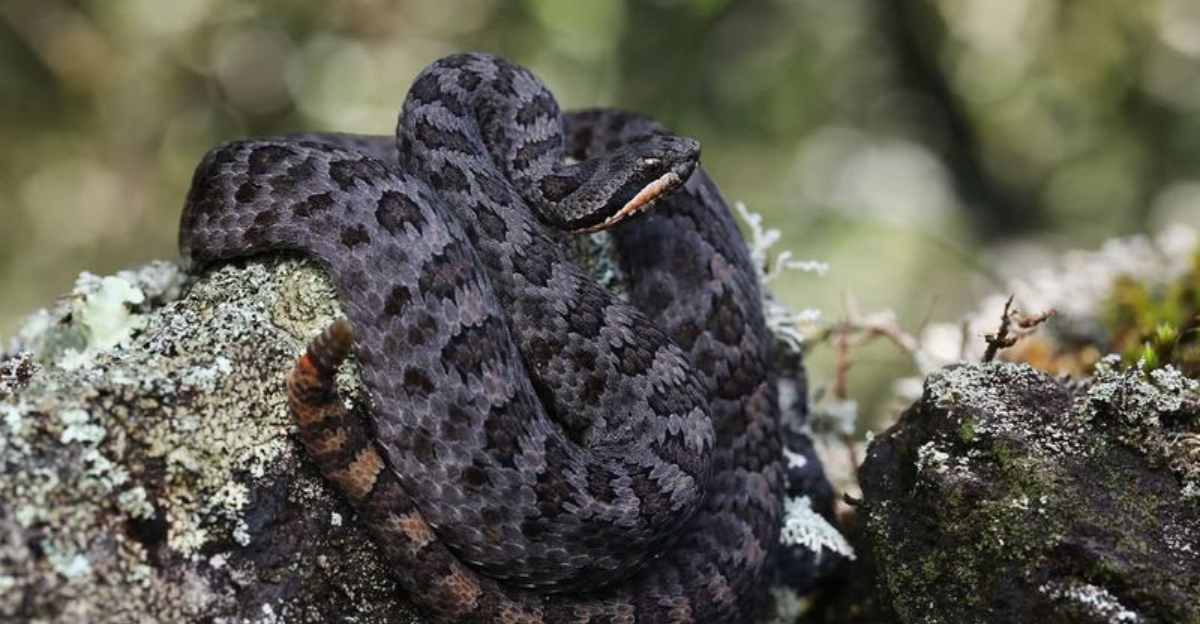
While many states across the U.S. are home to a variety of snake species, there are some places where these reptiles are surprisingly scarce. Whether it’s the cooler climate, geographical isolation, or other unique factors, these states are known for having fewer snakes than the rest.
It’s fascinating to see how different environments can shape wildlife populations. In this list, we’ll explore which states are snake-free havens and what makes their landscapes so different.
1. Illinois
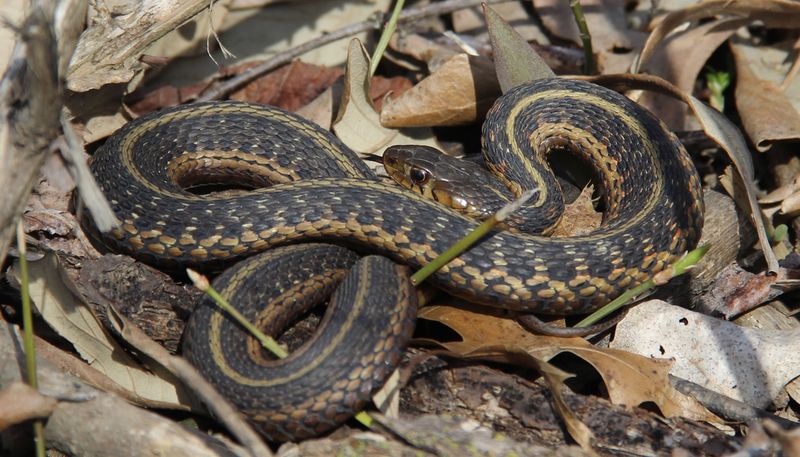
You might be surprised to find Illinois on this list. Known for its vast plains and temperate climate, the state doesn’t exactly scream snake haven. And true enough, Illinois has fewer snake species compared to other states.
The landscape, dominated by urban areas and agriculture, provides a less enticing habitat for snakes.
Urban development plays a role in keeping snake numbers lower, as they prefer secluded, natural environments. While you might encounter a garter snake or two in rural spots, Illinois’ snake presence is barely remarkable.
2. Maryland
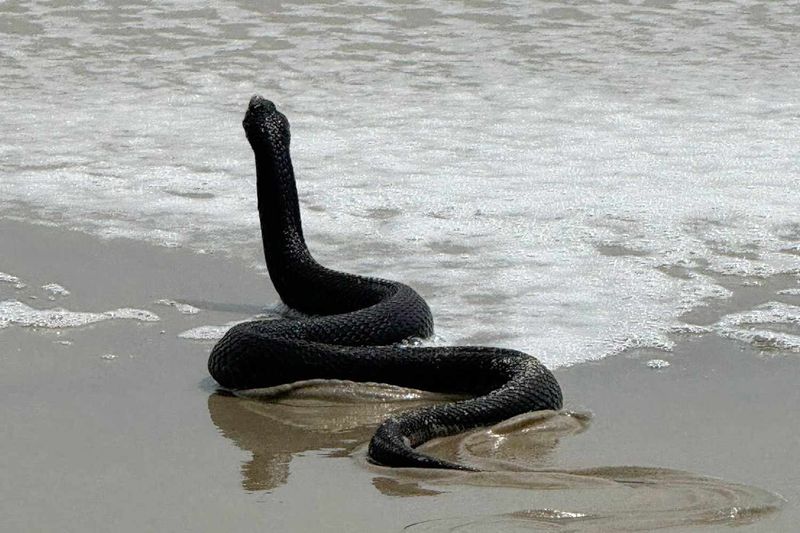
Maryland’s scenic coastlines and bustling cities seem like prime snake territory, yet this state boasts a surprisingly modest snake population. The varied climate and geographical features provide diverse habitats, but snakes remain a rare sight.
The state’s environment, with its urban areas and developed coastlines, tends to discourage large snake populations. While some species exist, they are not commonly encountered in everyday life.
3. Alaska
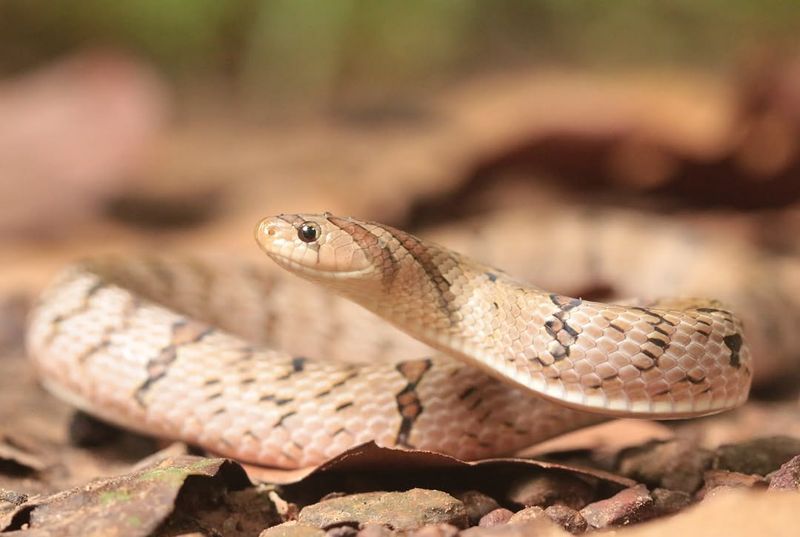
Alaska’s frigid temperatures provide an inhospitable environment for snakes. The cold, harsh winters and permafrost conditions are unsuitable for these reptiles, which prefer warmer habitats. Alaska’s isolation also limits the migration of potential snake species.
The state’s unique climate has resulted in a snake-free environment, making it one of the few places where residents and visitors can enjoy the outdoors without worry. This natural barrier contributes to the absence of snakes, allowing other wildlife to thrive undisturbed in its vast wilderness.
4. Hawaii
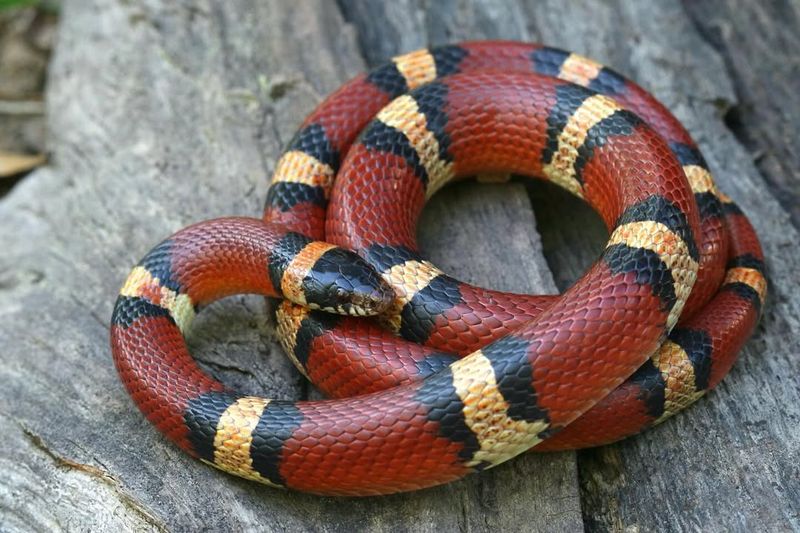
Hawaii’s geographical isolation in the Pacific Ocean has kept snakes at bay. With strict regulations on animal importation, the islands remain free of native snake species. The warm, tropical environment is conducive to many other wildlife forms, but snakes have not become established.
The absence of snakes ensures that Hawaii’s unique ecosystems remain balanced, with local wildlife flourishing without predation from these reptiles. This contributes to the islands being a desirable destination for tourists seeking nature without encountering snakes.
5. Maine
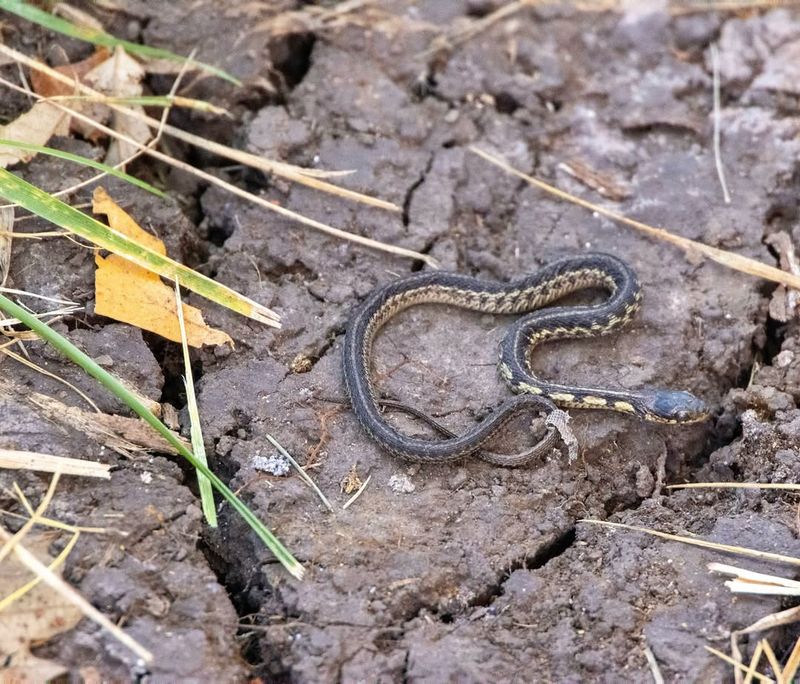
Maine’s cold climate plays a significant role in limiting snake populations. The state experiences long, harsh winters, which are unfavorable for most snake species. Although some snakes exist, they are few and not commonly encountered.
Maine’s diverse forests and coastal landscapes provide habitats for other wildlife, but snakes are rarely seen, offering peace of mind to hikers and campers. The state’s natural beauty can be enjoyed with minimal risk of snake encounters, highlighting Maine’s unique position among states with low snake populations.
6. Rhode Island
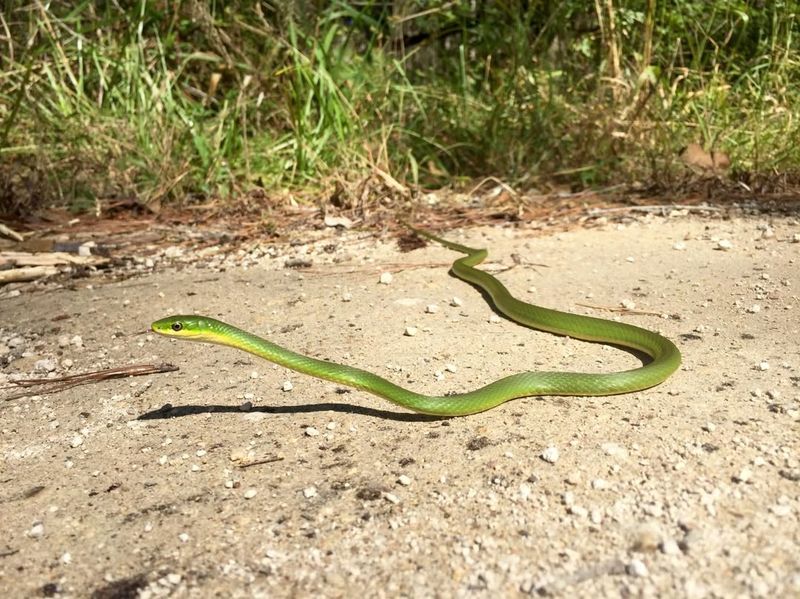
Rhode Island’s small size and cooler climate contribute to its low snake population. The state’s limited land area and urban development create fewer suitable habitats for snakes, keeping their numbers down.
While some harmless species can be found, they are scarce and rarely pose a threat. Rhode Island’s combination of coastal beauty and minimal snake presence makes it an attractive spot for nature enthusiasts. Enjoy the scenic vistas and outdoor activities with the assurance of minimal snake interactions.
7. New Hampshire
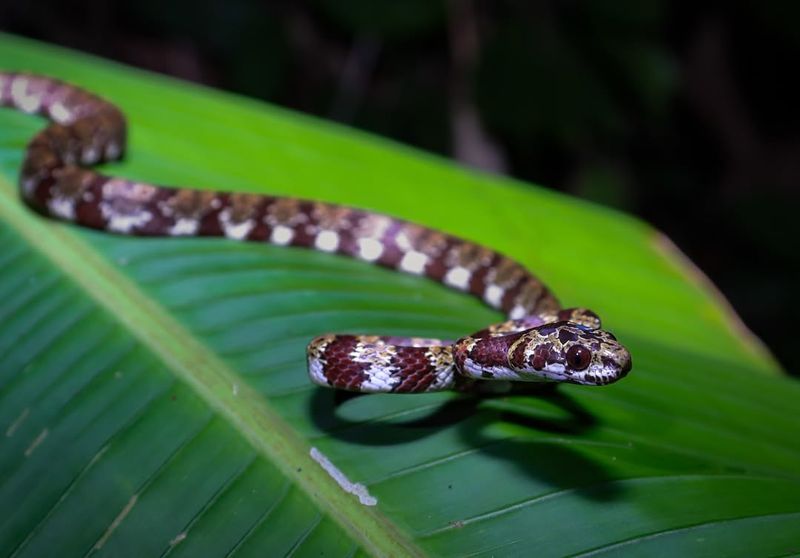
New Hampshire offers a picturesque landscape with fewer snakes, thanks to its mountainous terrain and cold winters. The state’s varied climate doesn’t support large snake populations, keeping encounters rare.
The natural beauty of New Hampshire’s forests and mountains attracts outdoor lovers who appreciate the low likelihood of snake sightings. Whether hiking or camping, visitors can enjoy the state’s scenic offerings with minimal concern about snake interactions.
8. Vermont
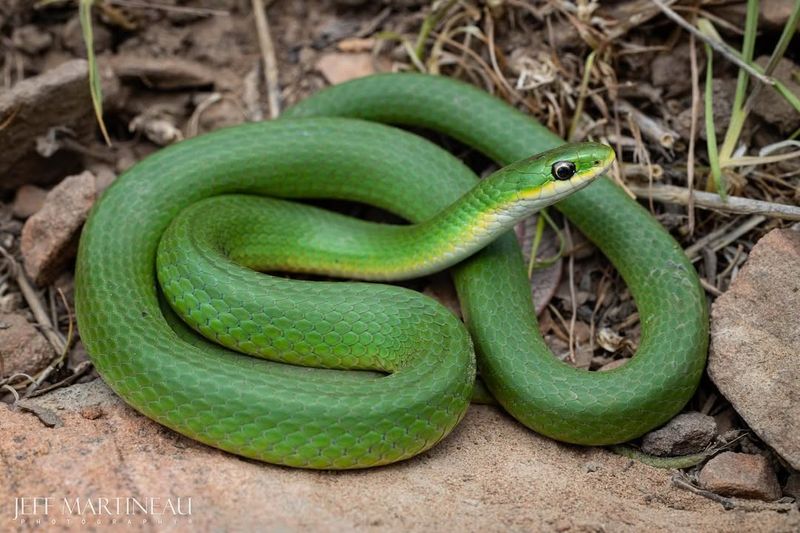
Vermont’s cool climate and mountainous regions dissuade snakes from thriving. The state’s geography includes many areas unsuitable for snakes, reducing their presence.
Vermont’s beautiful landscapes are known for their stunning fall foliage, drawing visitors who enjoy the outdoors without frequent snake encounters. The combination of picturesque scenery and minimal snakes makes Vermont a favored destination for nature enthusiasts.
9. Massachusetts
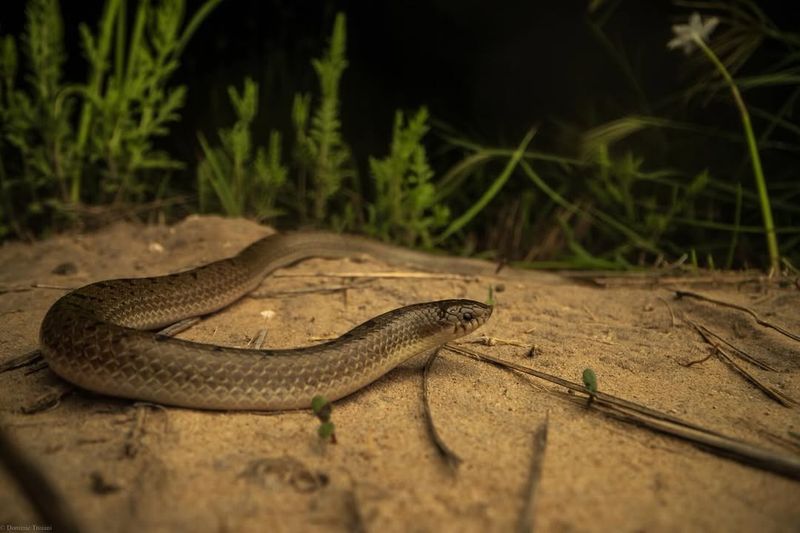
Massachusetts’ mix of urban development and cooler climates results in fewer snakes. The state’s historical sites and landscapes provide limited suitable habitats, keeping snake numbers low.
While some non-venomous species exist, they are infrequently seen. Massachusetts offers a rich blend of culture and nature, with the added comfort of minimal snake encounters. It’s an ideal destination for those interested in history and outdoor activities alike.
10. Connecticut
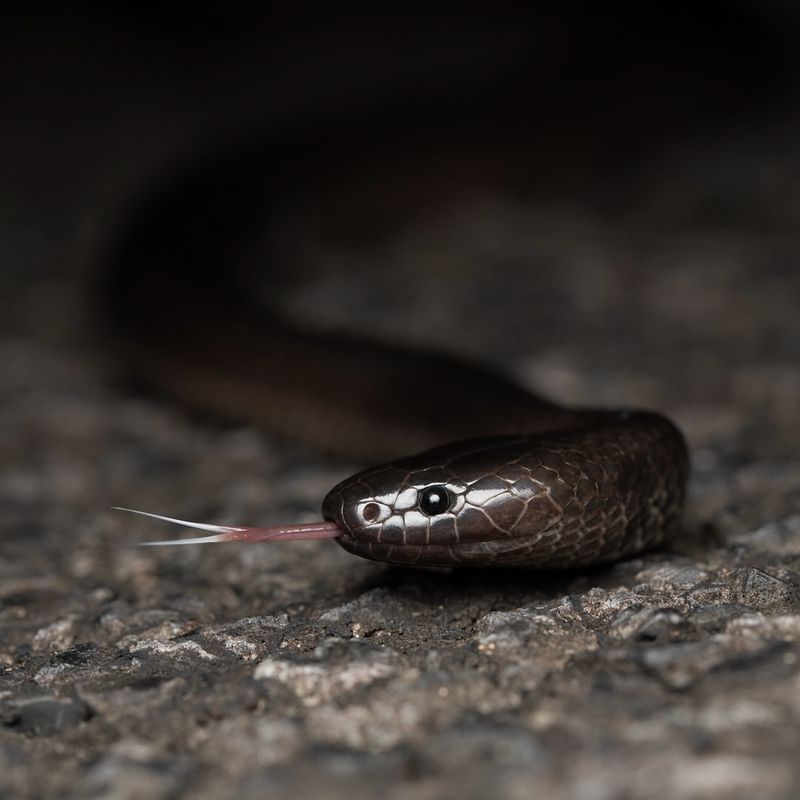
Connecticut’s diverse landscapes include areas where snakes are less prevalent. The cooler climate and human development contribute to their limited presence.
Residents and visitors can explore Connecticut’s charming countryside with little worry of snakes. This tranquility allows for a more enjoyable experience, whether wandering through rural areas or visiting coastal attractions.
11. Minnesota
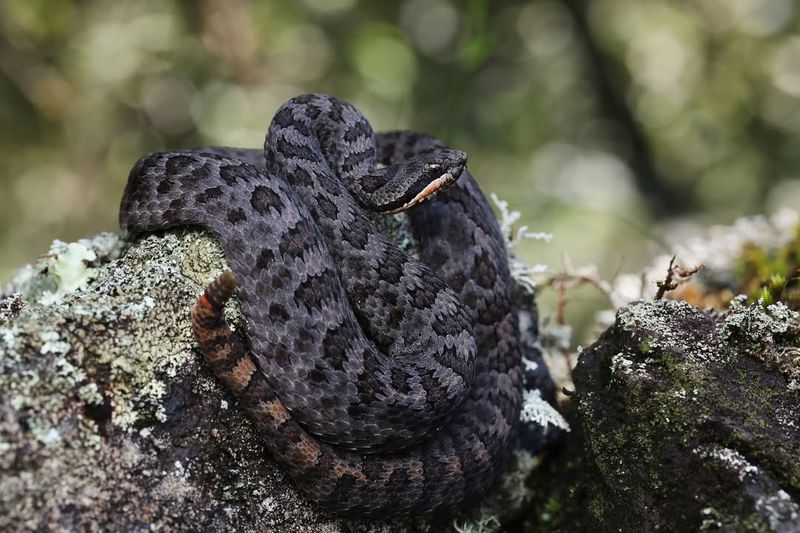
Minnesota’s cold winters keep snake populations low. The state’s diverse ecosystems, including numerous lakes and forests, provide habitats more suited to other wildlife.
With its reputation for outdoor fun, Minnesota attracts those who enjoy nature without frequent snake concerns. The combination of recreational opportunities and minimal snake presence makes it a popular choice for adventurers seeking peace of mind.

